December 30th, 2023 Issue
Avoiding Prejudice In The Garden / The Importance Of Fermentation / Cleavers- Galium aparine / Float Fishing lesson #13 Hellgrammite / Fly Tying Lesson #13 Dry Fly Wings
Avoiding Prejudice in the Garden
In our last lesson we considered some different concepts about pest and disease, and how we need to look at them in a proper way, to know how to respond. I encouraged you to try and develop as much diversity as you can, so the natural balance that God designed would be available to your garden. I want to share a story of a very special lesson I learned, many years ago, that transformed my thinking, and helped put me on the path I am now.
Years ago, if you had come to my farm on a cool morning in early June, you may have found me going throughout all my buildings, destroying whatever paper wasp nests I could find. In my mind, I was thinking I was keeping my children from getting stung by removing the nests while they were small.
Then one day I was listening to a seminar, about plant and insect relationships. Just in passing, the instructor mentioned that when a cabbage moth larvae bites into a cabbage plant, the plant will release a scent into the air, that a paper wasp can follow within an inch of the larvae. When I heard this, I just hung my head in shame. You see, our farm had been struggling with cabbage moth larvae, and I had been destroying the very thing, God had designed to take care of the problem.
I was prejudice! I had made a judgment without having all the facts! If I had had wisdom, the ability to see things from God’s perspective, I never would have done that. One 5” paper wasp’s nest needs 1000’s of insect larvae to feed their young. I have had a paper wasp come in and kill a tomato horn worm, while I was pruning, and watched it take chunk after chunk to its young.
Now that I have learned this, I have dozens of good size nests throughout our buildings. Paper wasps are not aggressive, I work around them in the garden all the time, and have not been stung. I can put my hand a few inches from the nest and they will prepare to do something, but won’t actually sting you, unless you touch their nest. We are not talking about Yellow Jackets or Bald Faced Hornets. They are much more aggressive, and I would remove a nest that is in close proximity to me. I work in the garden, with especially the Yellow jackets all the time, and have not been stung. They are the primary pollinator for my Bronze Fennel flowers. So I do have nests in remote areas of our homestead, I am fine with that, but not close to our home.
I water all my brassicas (cabbage, kale, broccoli, cauliflower etc.) every evening unless it rains (I have sandy soil, someone with clay would not want to try to imitate this). They love to be damp. What’s interesting, is that a cabbage leaf will make a cup shape and often hold water. The paper wasps learn this and will frequent the area for larvae and water.
There is another need that the wasps have as well, that you need to consider. That is a pollination source. This is true for dozens of species of predatory and parasitic wasps. The finest that I have ever seen is parsnip flowers. It is not uncommon for me to see a dozen different species of wasps working the flowers at the same time. Small wasps and giant ones. It is an impressive sight to behold. They also enjoy dill and fennel as well. But parsnips are by far the best. I have had parsnips flowering in my garden purposely for many years. Parsnips are a biennial, and will not produce seed till the second year. So each year I have a new patch sown while the other is setting new seed that I will use for the following season.
Now that I want every wasp nest possible, our larvae problem is totally in balance. Are there a few larvae? Yes, just like I explained in the last lesson, I need some prey in order to keep the predator population fed and healthy. Again, strive to have as many species of life interacting within your growing area as possible (maybe excluding deer, rabbits, woodchucks :) ), and you will benefit by God’s design, even when you can’t comprehend why! When you learn to live within the full balance of how the Lord designed things, this is what I refer to as Living Within The Creator’s Care. He cared enough to design things with the proper checks and balances. Do you care, and have the desire to understand that design so you can reap the benefits of it, and put it into practice?
The Regenerative Homestead Newsletter’s Main Index
This link will take you to a full Index, of all the articles that I have published, organized by topic. Making it very easy for you to go back, and revisit an article that you wanted to review again in the future.
I published this article in a separate newsletter last Tuesday. This link will take you to that newsletter.
If you know someone, that you think would enjoy this newsletter, please let them know by sharing it. Thank you!
The Importance Of Fermentation
If you were to ask the average person what comes to their minds, when they think of Korean cooking. I believe most people would say Kimchi, if they know what that is. Most people know what Sauerkraut is, fermented cabbage, maybe with some kind of spice added. Kimchi is something that has hundreds of different variations. Koreans will eat these different varieties, at different meals of the day. It is a very important part of their culture. Children learn from an early age, how to ferment foods properly. It is a way of life for them.
When a mix of vegetables and spices are fermenting, they are going through a form of digestion. The beneficial biology that are present, will transform it in a way that makes the minerals and other substances more available to us as we consume them. Having a small amount of these fermented foods in your diet each day, really benefits the microbiome in your gut, and the amount of minerals your body is able to assimilate properly.
Problem Solving
When someone tries to solve some kind of problem that they face, they will most often turn to the knowledge base that comes naturally to them. I am a carpenter. When I face needing to make something on the homestead, I almost always will use wood. I have friends that are metal workers. They will usually come up with a different solution than I do, because they are drawing from a different knowledge base. One is not wrong and the other right. The metal is probably better in most instances, I will admit. But doing something myself is often preferred, because I don’t have to hire someone else.
If you want to understand why farming developed so differently in Korea, it is for this very reason. Koreans looked to their knowledge base to find solutions to their needs. That is why their solutions are so unique. Their culture is so unique.
So is there something we can gain by studying the solutions they developed? Yes, there is much to be gained. Just like our guts benefit greatly by eating a small amount of their ferments, our garden plants can benefit as well, as we learn to offer them fermented fertilizers, that have had some pre digestion as well.
The other thing we can benefit from, is their “do it yourself” approach. They designed much of their techniques around what they had available to them. For us we may have some purchases they don’t, because there are some herbs they grow there, that are not common here. As I go through each type of preparation you will see how it is geared towards doing it yourself.
So in the coming issues, that is what I will begin to take you through, each of these different ferments and solutions that can be used to nurture your plants. One of the fun things about it though, is that almost everything you will learn to make is good for you to eat as well. You are not making something that you have to be concerned about handling. So even your young children, will be able to take part in learning how to make these fertilizers.
Cleavers- Galium aparine
Cleavers is an easily identified wild edible. The stem is square, although it is not in the mint family. There are 7-10 leaves in a whorl around the stem. The flowers are very tiny, with four white petals. The whole plant is fuzzy and will stick to you, hence the name cleavers. Another name for the plant is bed straw, literally because people use to stuff their mattresses with it. The roots can be used to make a strong red dye. In my research, I found nothing about the roots edibility, one way or the other.
Like many of the spring greens, it is a cleanser for the body. It helps the lymphatic system and is one of the best tonics to help purify the blood. You can eat it fresh, cooked, or made into a tea. Some people will collect the seeds and make a good coffee substitute, similar to the way you would use dandelion root. The very top of the plants are the most tender, if you want to use them for fresh eating. This isn’t a flavor you will probably get exited about, but knowing the medicinal benefits you should definitely try to get some into your diet. Remember as well that every wild plant that you consume raw, is also giving your body a unique microbial community to enhance your gut flora.
Float Fishing Lesson #13 Hellgrammites
One thing I will tell you about Hellgrammites, right from the start, is you want to stay away from their pinchers. None of the insects we have considered in previous lessons will bite you. This one will.
In fact I have a funny childhood memory, of watching a girl drifting in a bathing suit, in a tire inner tube on the Pine river. She must have been scraping bottom with her rear end. All the sudden she leaped up and was screaming. She had a Hellgrammite hanging from her rear end. I don’t want anyone to be fearful of them, just very respectful.
Hellgrammites make an amazing bait, especially on rivers that have bass. You could definitely catch great trout as well, but bass go crazy over them. Just like with the other insects, some of you will find this one particularly important. You can tie flies to imitate them, and purchase rubber versions as well. But nothing will be quite like the real thing. These are generally quite large, like the stoneflies, a large amount of calories for the fish, so they grab them quite aggressively.
Their life cycle is very interesting. I am placing a link here to an article that covers it really well. Stay away from those pinchers!
https://www.ecospark.ca/blog/daj0vrclmkrftnec7p9j26jqkbukb2
Fly Tying Lesson #13 Dry Fly Wings
In this lesson, I will show you how I tie hen chicken hackle tip wings, for a dry fly.
https://rumble.com/vwm2z0-fly-tying-class-lesson-13-dry-fly-wings.html





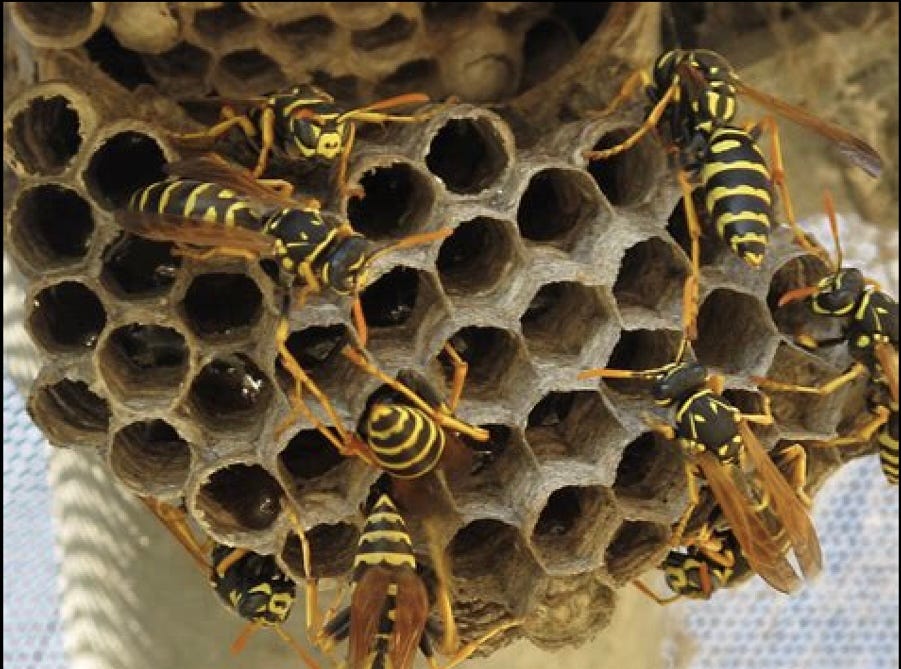
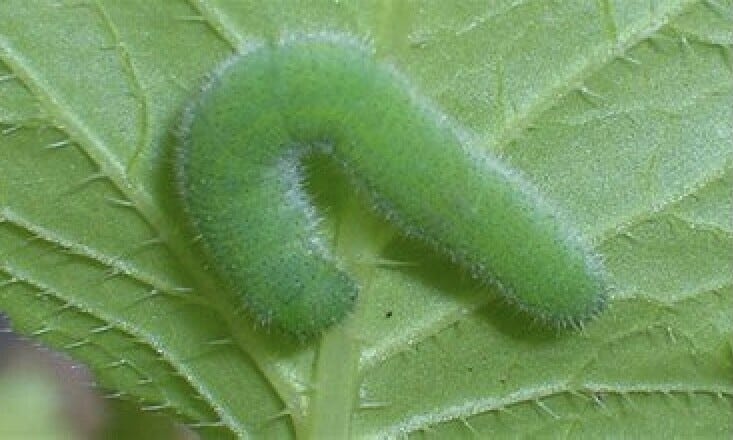
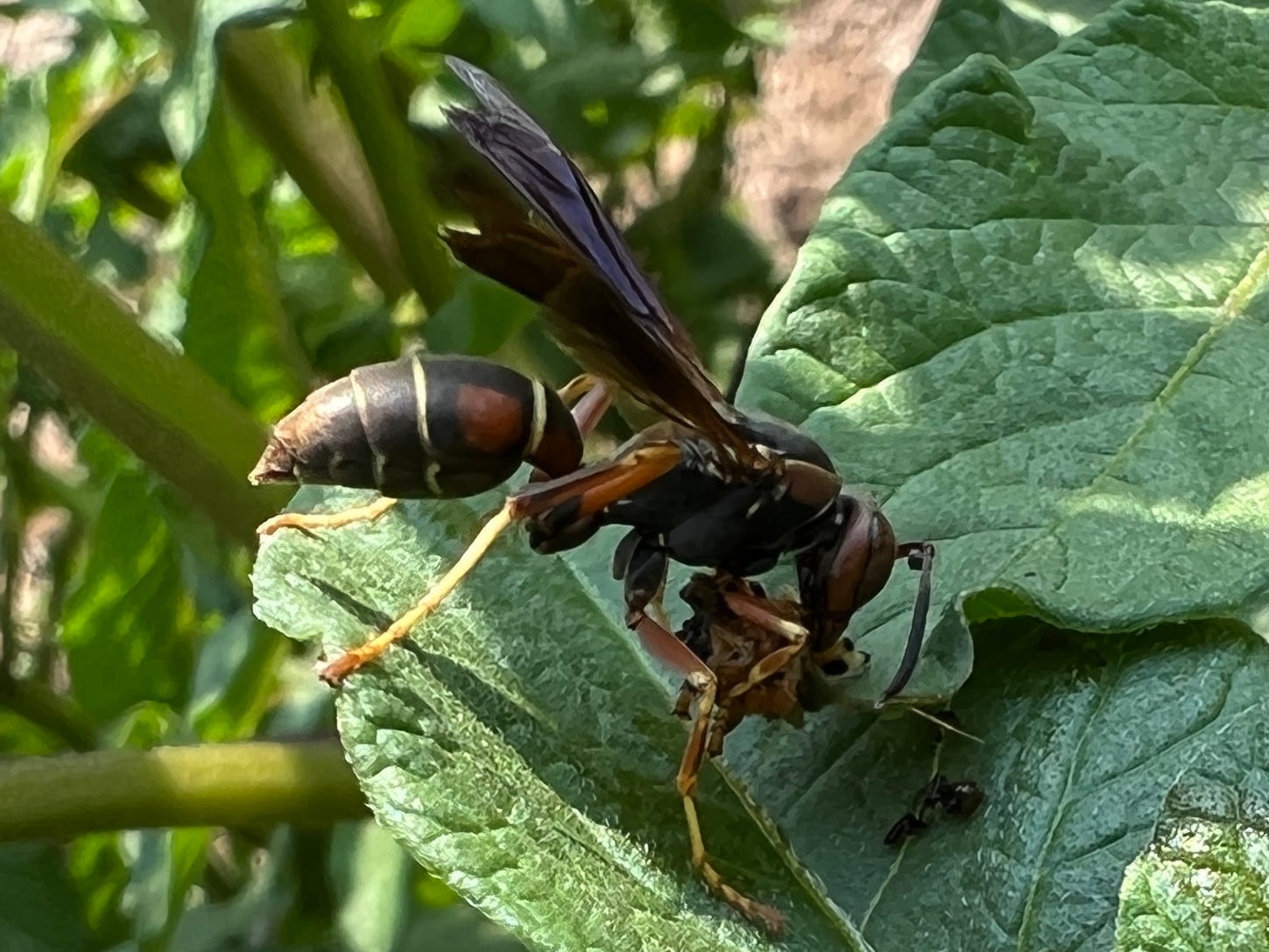
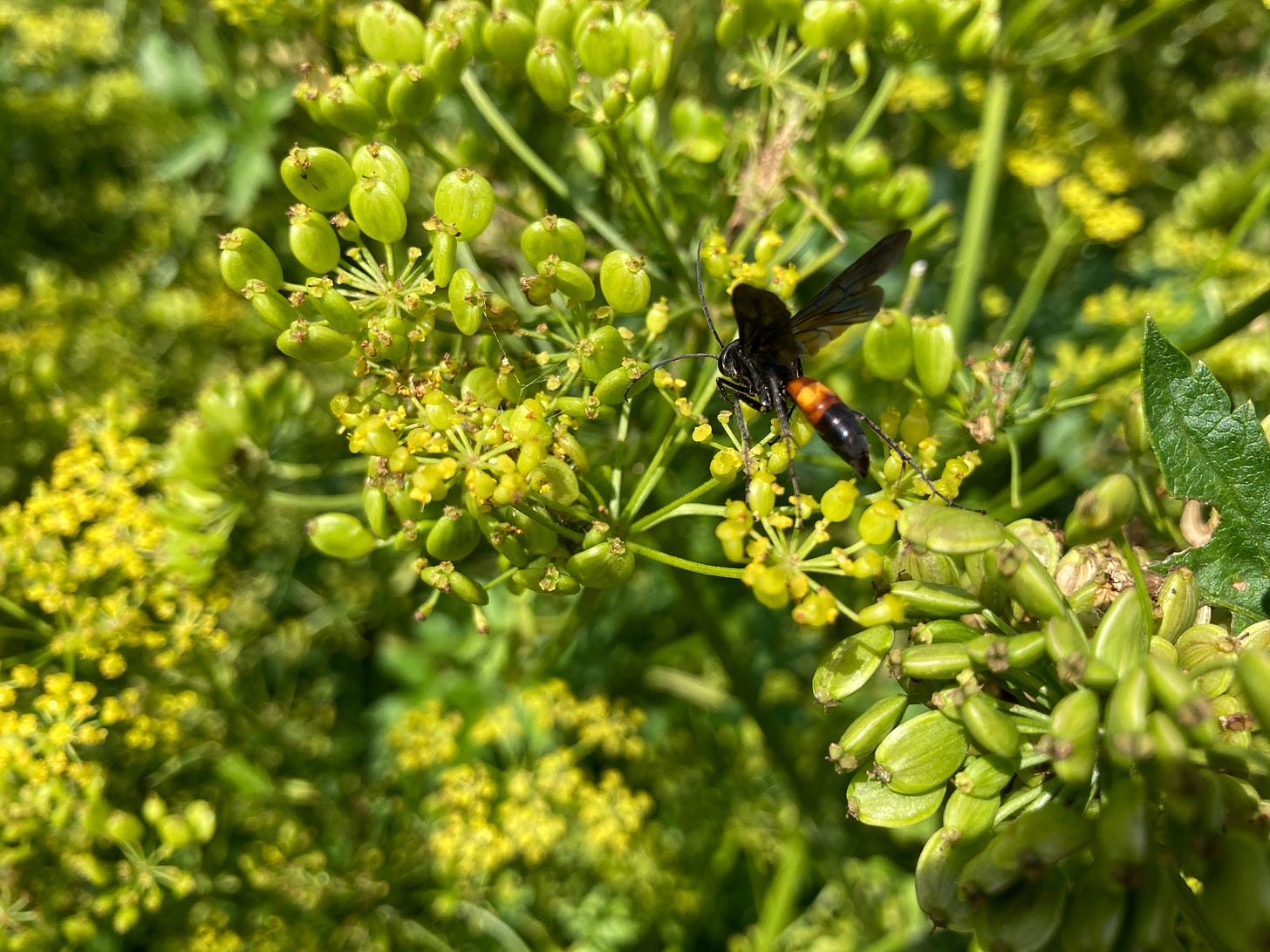





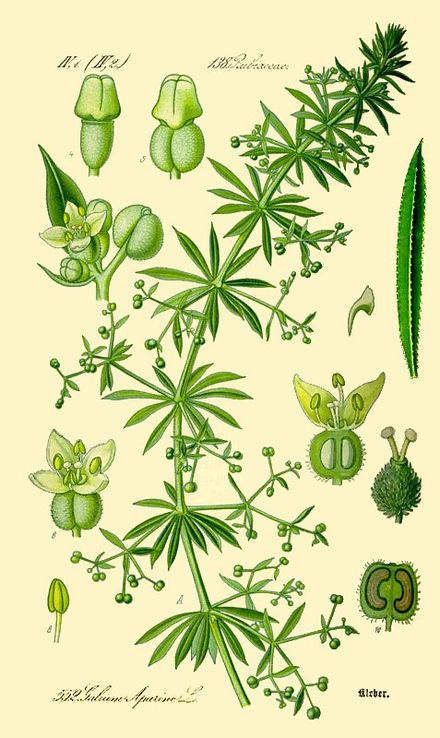
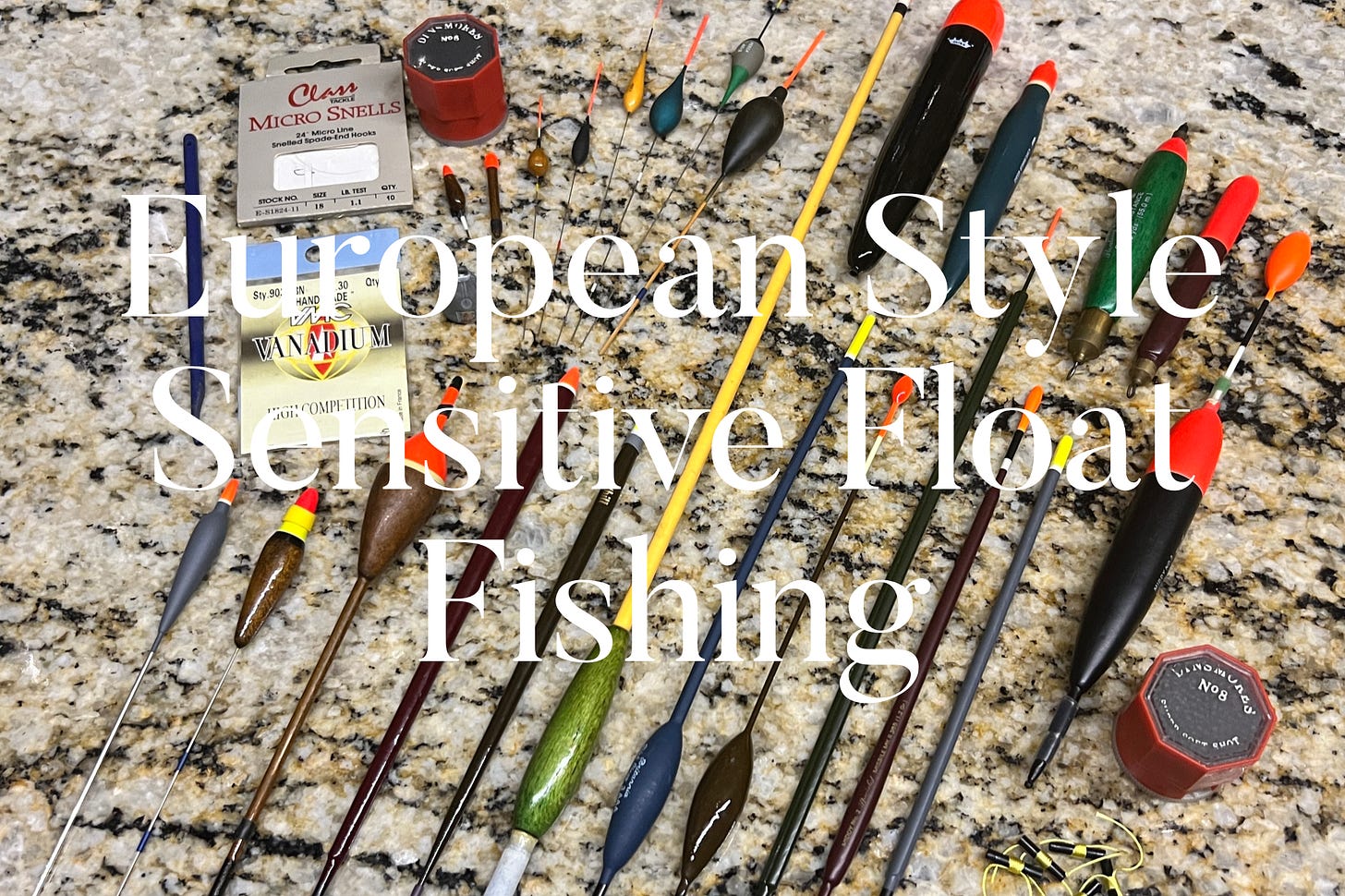
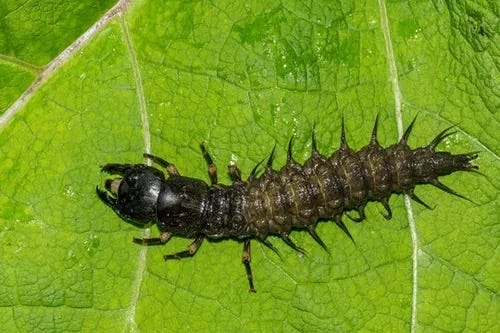


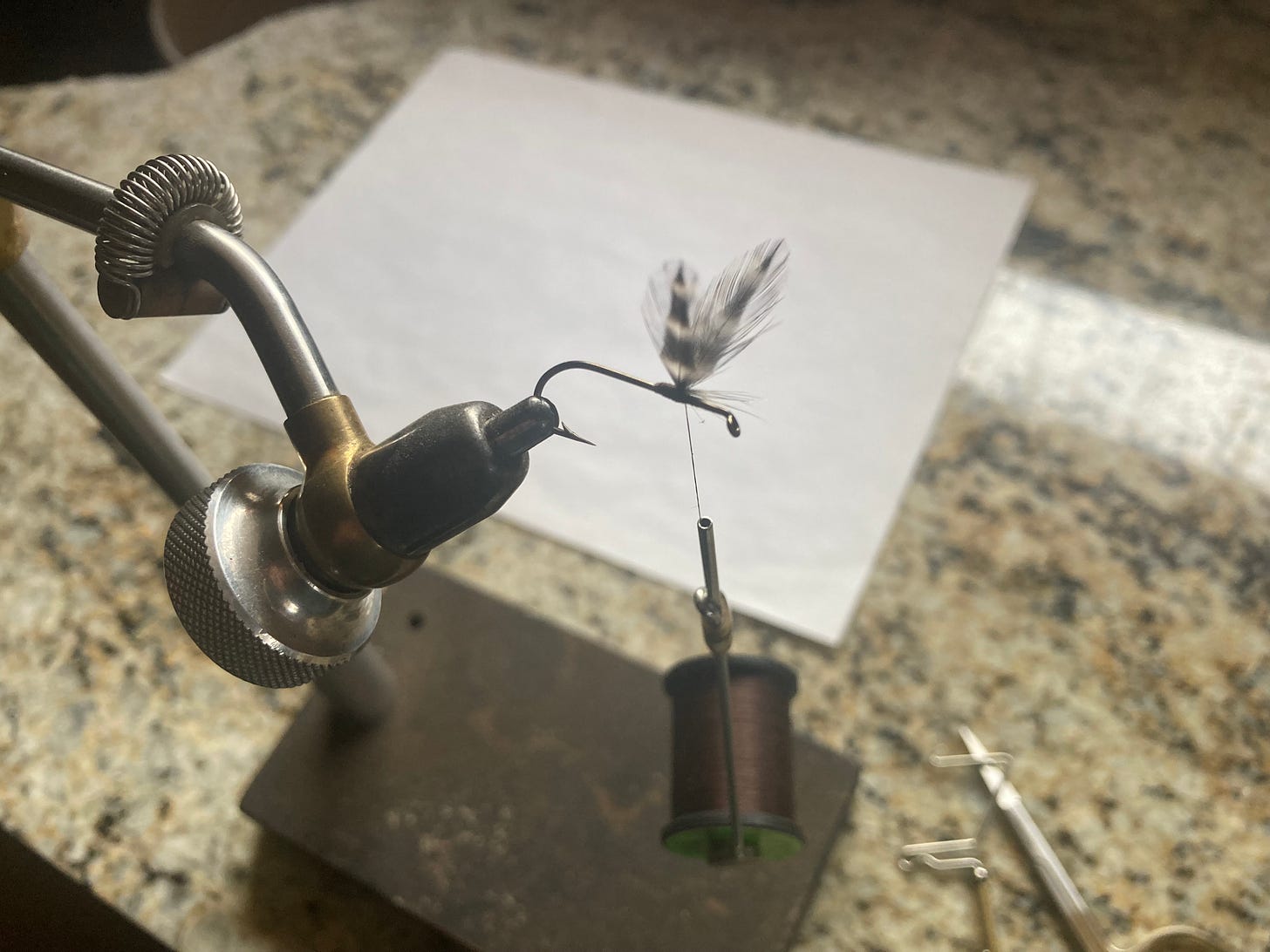

Cleavers are not a very palatable plant but they are a super food when it comes to health benefits. I prefer to puree and tincture them. They make an interesting broth that smells just like sweet corn but has no flavor.
You do a fine job teching us, Craig. You're not condescending while you break subjects down to the essential elements and explain it completely. Thank you very much. May God Bless you into the new year.